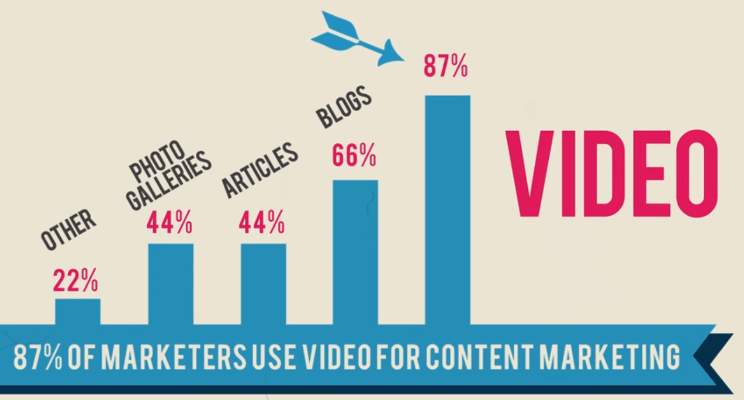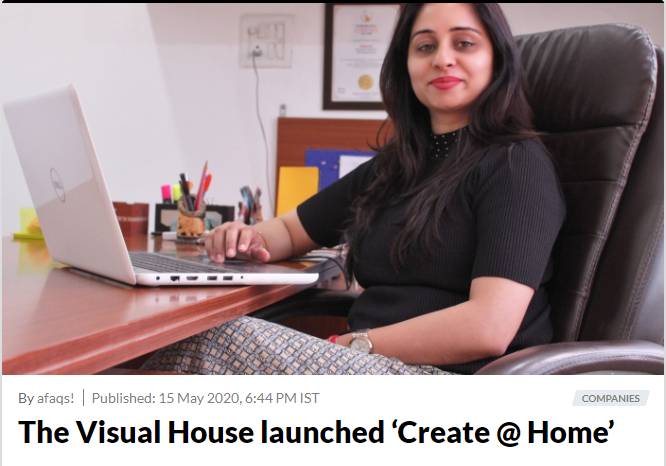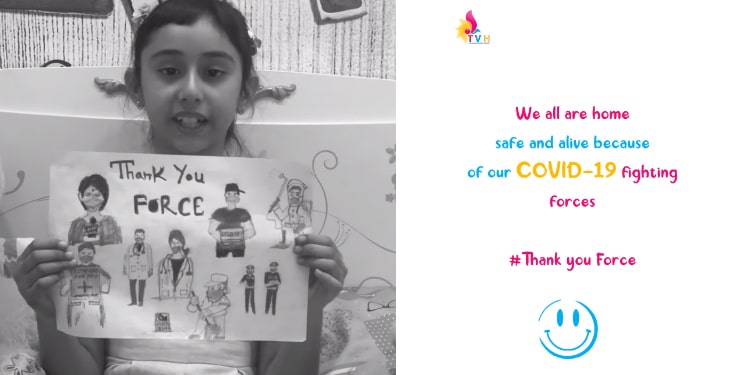In the ever-evolving world of animation, 2D animation remains a captivating and timeless art form. From classic cartoons to modern web animations, mastering the craft of 2D animation opens a realm of creative possibilities. Whether you're a seasoned animator or just stepping into this vibrant world, understanding the tips, exploring 2D animation examples, and learning key techniques can set you on the path to becoming a true 2D animation tips and tricks maestro.
What is 2D Animation?
2D animation is a traditional form of animation where characters, scenes, and objects are created and manipulated in 2D animation pictures. It involves the creation of a sequence of individual frames, each slightly different from the previous one, to simulate movement when played in rapid succession.
2D animation technology, used in everything from cartoons and films to video games and web animations, relies on artistic skill and precise timing to bring drawings and illustrations to life in a dynamic and visually engaging manner.
Tips for Successful 2D Animation Pictures
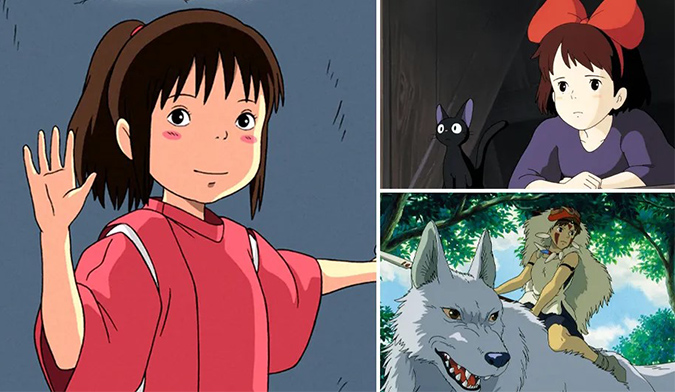
1. Plan Your Storyboard Thoroughly:
Every great animation begins with a solid plan. Create a detailed storyboard outlining your scenes, characters, and actions. This blueprint serves as a guide, helping you maintain a cohesive and engaging narrative.
2. Focus on Character Design:
Characters are the heart of any animation. Develop unique and visually appealing characters that resonate with your audience. Their design should reflect their personalities and roles within the story.
3. Grasp the Fundamentals of 2D Animation Process:
Understanding the basic principles of 2D Animation technology is crucial. These principles include timing, spacing, squash and stretch, anticipation, and more. A strong grasp of these fundamentals elevates the quality of your 2D animation process.
4. Embrace Strong Poses and Keyframes:
Craft impactful keyframes and poses that capture the essence of your 2D Animation requirements. Each keyframe should communicate the character's emotions and actions clearly. Remember, strong poses make smooth animation transitions.
5. Master the Use of Timing:
Timing can make or break the 2D Animation process. Play with the timing of movements to evoke different emotions. For comedic effects, quick movements might work, while slow movements can build tension in dramatic scenes.
6. Experiment with Different Camera Angles:
Changing how the camera looks can make your animation more exciting. Try different angles to make your story better and make your viewers feel like they're really in the animated world.
7. Utilize Overlapping Action:
Overlapping action adds realism to your animation by showing how different parts of a character's body move at different rates. This technique contributes to a more natural and lifelike movement.
8. Incorporate Secondary Motion:
Secondary motion, like the subtle swaying of clothing or the movement of background elements, adds realism and depth to your 2D Animation pictures. It creates a more immersive experience for the viewer.
Read more: 7 Reasons to Use 2D Animation in Your Next Corporate Video
Outstanding 2D Animation Examples:
1. Studio Ghibli Films:
Films like "Spirited Away" and "My Neighbor Totoro" showcase the impeccable craftsmanship of Studio Ghibli. Their attention to detail, captivating characters, and emotive storytelling set a standard for 2D animation pictures.
2. Cuphead:
The video game "Cuphead" is a visual homage to 1930s cartoons. Its hand-drawn characters and backgrounds authentically replicate the golden age of 2D Animation technology while offering an interactive experience.
3. Delhi Safari:
An animated film with a strong environmental message, "Delhi Safari" follows a group of animals embarking on a journey to the Parliament of India to save their habitat. The film addresses serious issues while maintaining a light-hearted and family-friendly approach.
4. Chhota Bheem Series:
A beloved Indian animated TV show, "Chhota Bheem" follows the adventures of a young boy named Bheem and his friends in the fictional village of Dholakpur. The show's success lies in its engaging stories, relatable characters, and cultural elements that resonate with audiences of all ages.
5. Mighty Raju Series:
Created by the same team behind "Chhota Bheem," this series centers around Mighty Raju, a young boy with superhuman strength. The show combines action, adventure, and moral lessons, resonating with young audiences.
Key Techniques in Mastering 2D Animation Process:
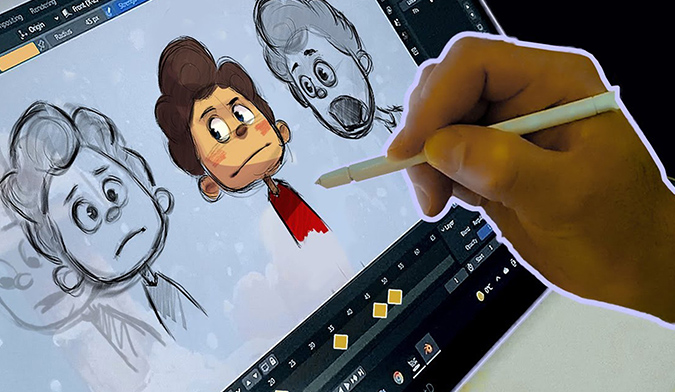
1. Traditional Hand-Drawn Animation:
The classic method involves drawing each frame by hand. This technique demands patience and skill but offers a distinct organic feel that's hard to replicate.
2. Digital Animation:
Digital tools provide efficiency and flexibility. Software like Adobe Animate allows animators to create smooth and polished animations, offering features like layers and easy editing.
3. Frame-by-Frame vs. Tweening:
Frame-by-frame animation involves creating every frame individually, offering precise control. Tweening generates frames between keyframes, saving time but potentially sacrificing some control.
4. Color and Lighting:
Color palettes and lighting greatly impact the mood of your 2D Animation pictures. Experiment with different combinations to evoke specific emotions within your audience.
5. Sound Integration:
Sound effects and a well-matched soundtrack elevate your 2D Animation pictures. Synchronizing audio with visuals creates a more immersive and engaging viewer experience.
Types of 2D Animation:
Traditional Animation (Cel Animation):
Traditional animation, also known as cel animation, is the classic form of animation where each frame is hand-drawn on a transparent sheet called a "cel." These cels are then layered on top of backgrounds to create the illusion of motion. This technique was widely used in early cartoons and animated films.
Digital 2D Animation:
With the advent of digital technology, 2D Animation technology can now be created using software programs. Artists draw directly onto a digital canvas using tools that mimic traditional drawing tools like pens, pencils, and brushes. This allows for greater efficiency in the 2D Animation process.
Cut-Out Animation:
Cut-out animation involves creating characters and objects from separate pieces that can be manipulated like puppets. These pieces are often pre-drawn or pre-rendered, and the animator moves and rotates them to create motion. This technique is widely used in television animation due to its efficiency.
Rotoscoping:
Rotoscoping involves tracing over live-action footage to create realistic movement. It's a technique that blends live-action and animation and can result in a unique visual style. It's often used to create lifelike movements in animations.
Stop Motion Animation:
Stop motion animation involves photographing physical objects frame by frame, with slight adjustments made between each frame. When these frames are played in sequence, the objects appear to move on their own. Types of stop motion include claymation (using clay), puppet animation (using figurines), and cut-out animation (using paper or other flat materials).
Puppet Animation:
Puppet animation involves using jointed figures or puppets made of various materials (wood, fabric, plastic, etc.). Animators manipulate these puppets frame by frame to create movement. This technique is commonly used in children's shows and short films.
Sand Animation:
Sand animation involves creating images by moving sand grains on a backlit surface. This unique technique can result in visually striking and fluid animations.
Paint-on-Glass Animation:
In paint-on-glass animation, artists paint directly onto a glass surface, capturing each frame as they go along. The result is a delicate and translucent visual style.
Mastering 2D Animation technology is a journey that blends creativity, technical skill, and a deep understanding of storytelling. By adhering to these tips, drawing inspiration from exemplary animations, and honing key techniques, you can embark on a fulfilling path toward becoming a proficient 2D animator.
So, grab your drawing tablet or animation software, and let your imagination breathe life into captivating characters and enthralling narratives. Contact The Visual House at +91-8178662477 for captivating 2D Animation films. 2d animation technology 2d Animation Process 2d animation pictures


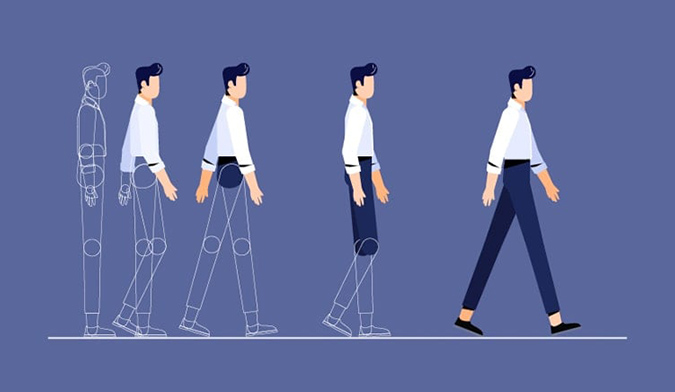

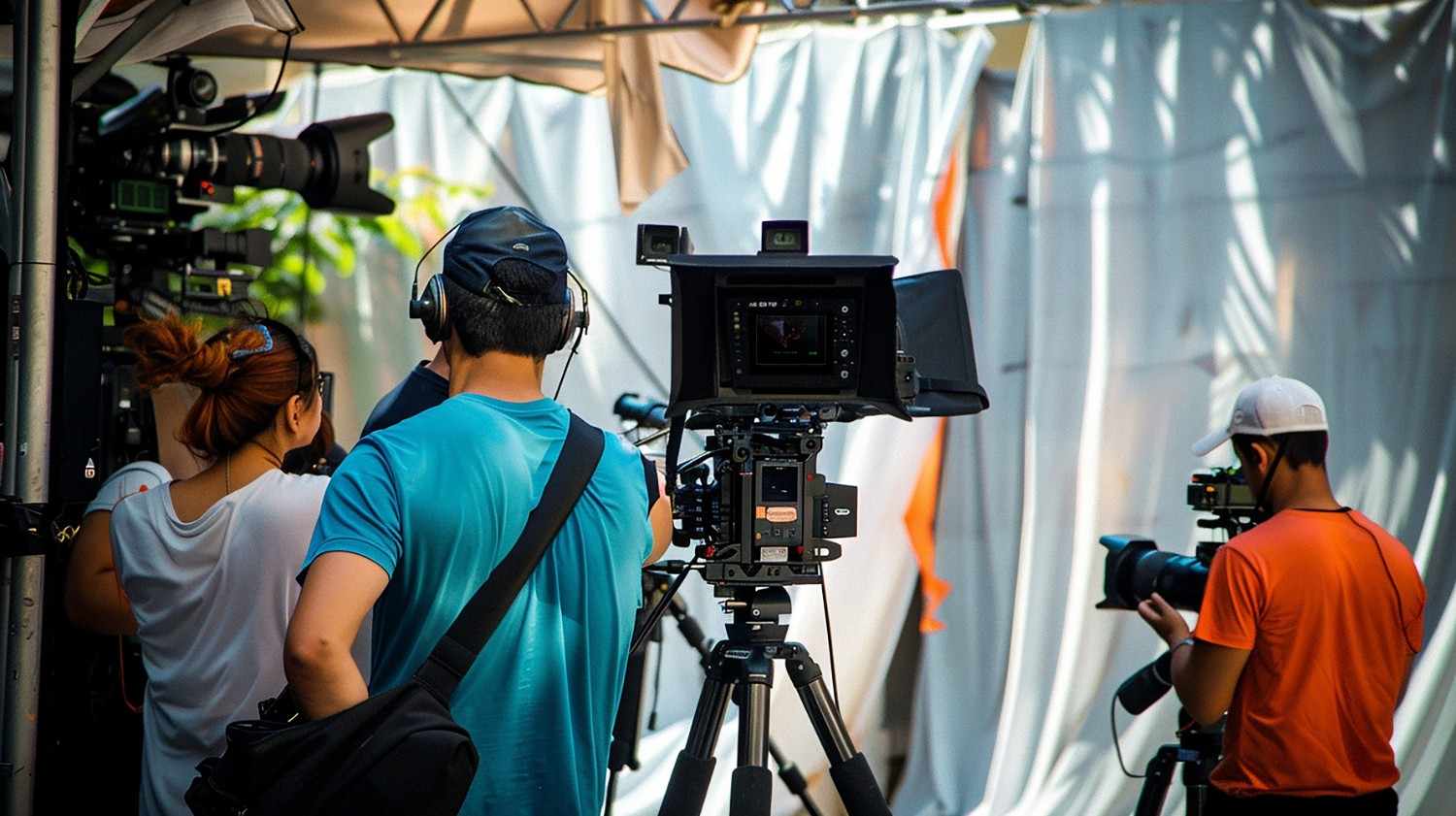


.jpg)




.png)


.jpg)
.jpg)
.jpg)
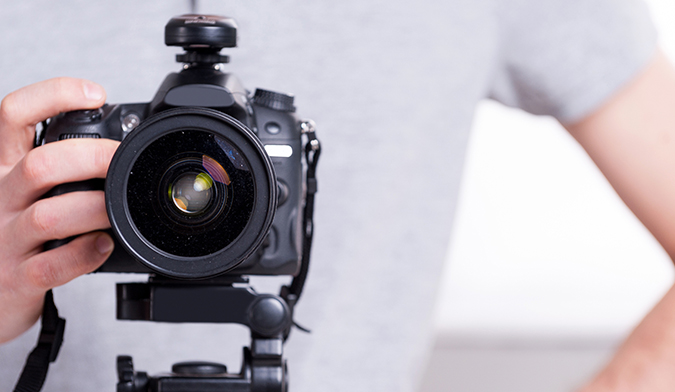
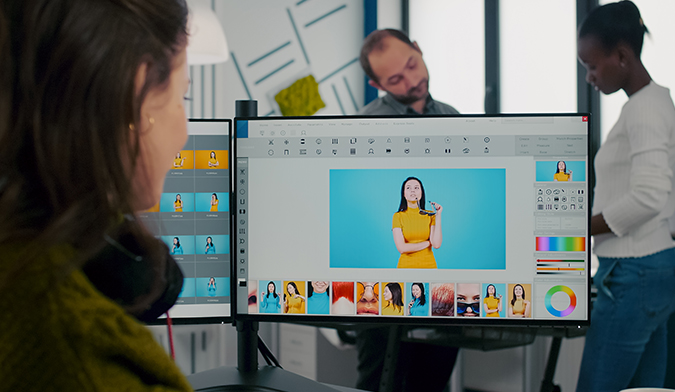
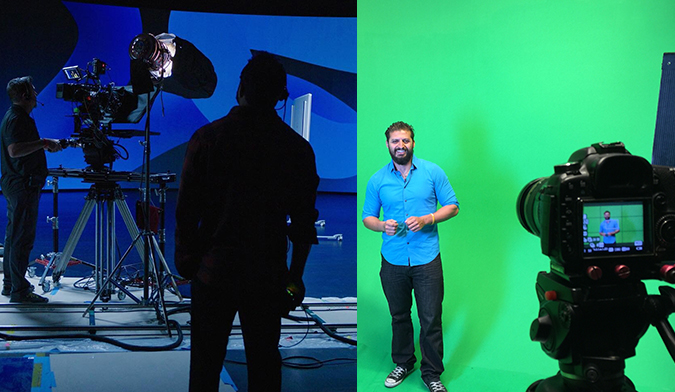


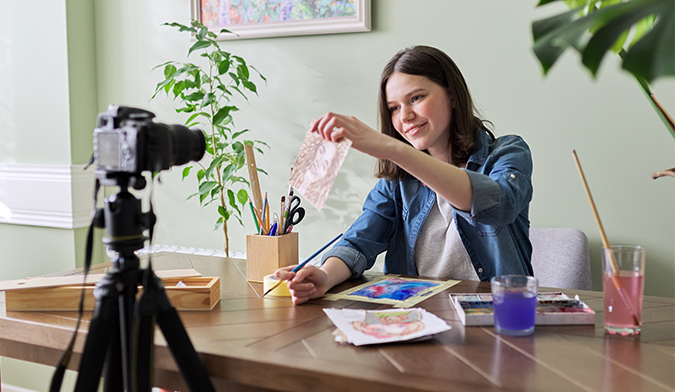
.jpg)

.jpg)

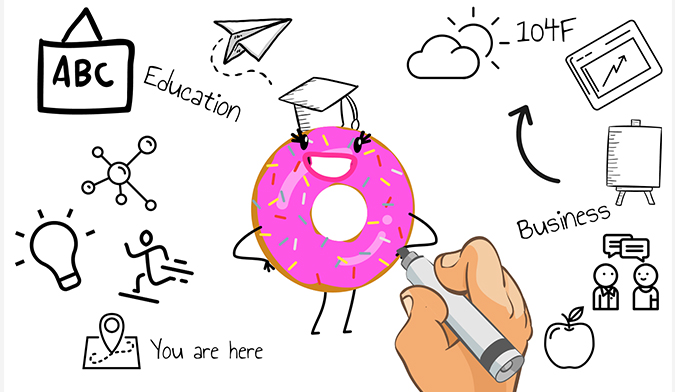
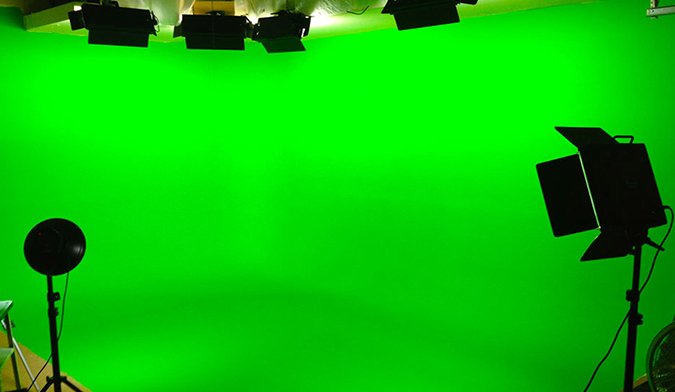
.jpg)

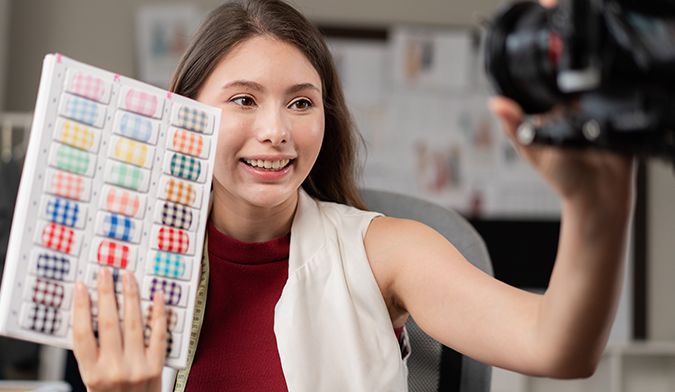


.jpg)
.jpg)
.jpg)
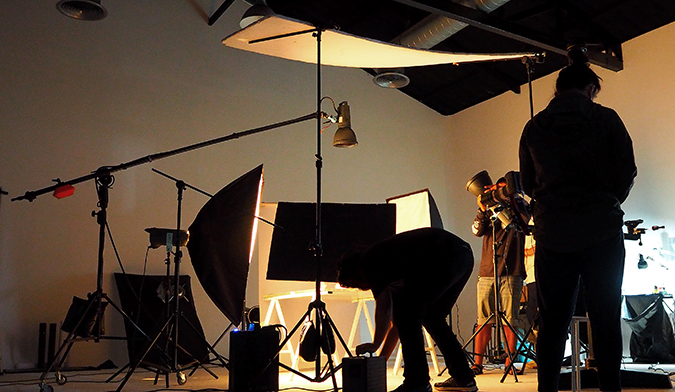
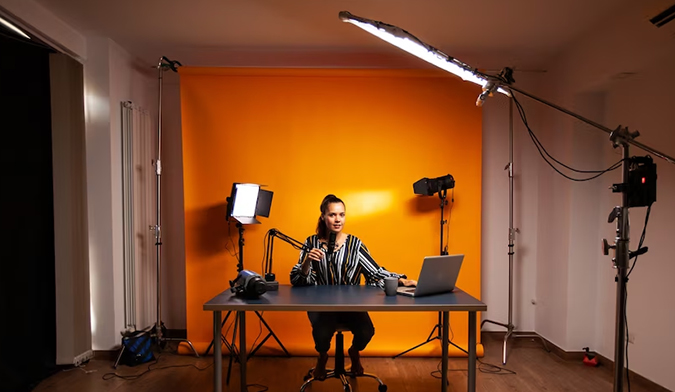
.jpg)

.jpg)
.jpg)
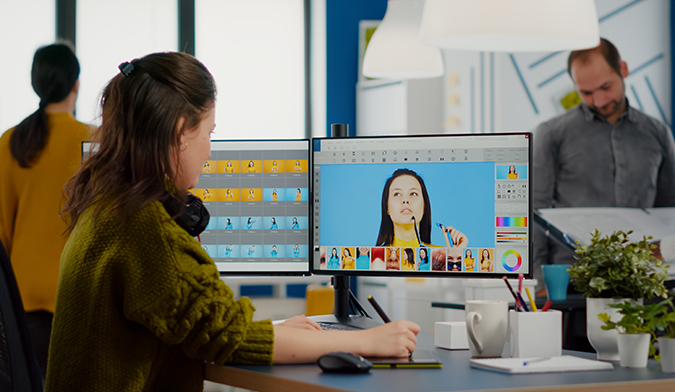
.jpg)
.jpg)
.jpg)
.jpg)
.jpg)
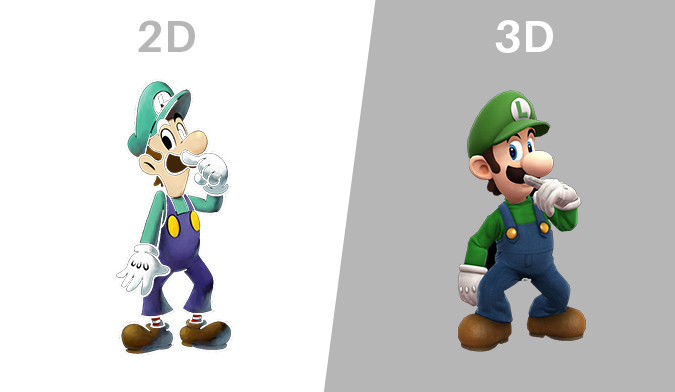
.jpg)
.jpg)
.jpg)

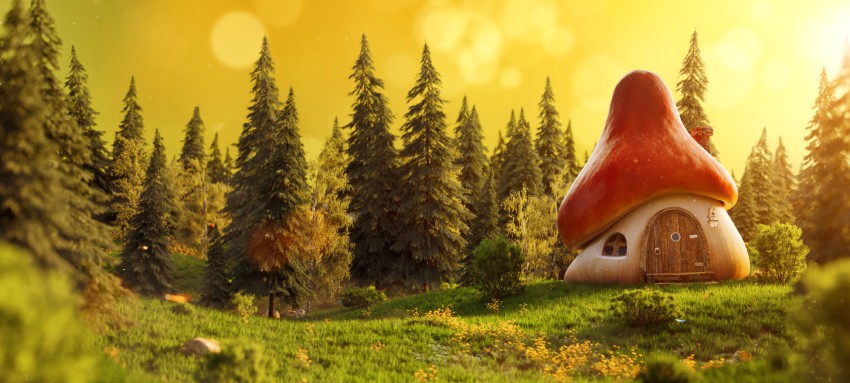
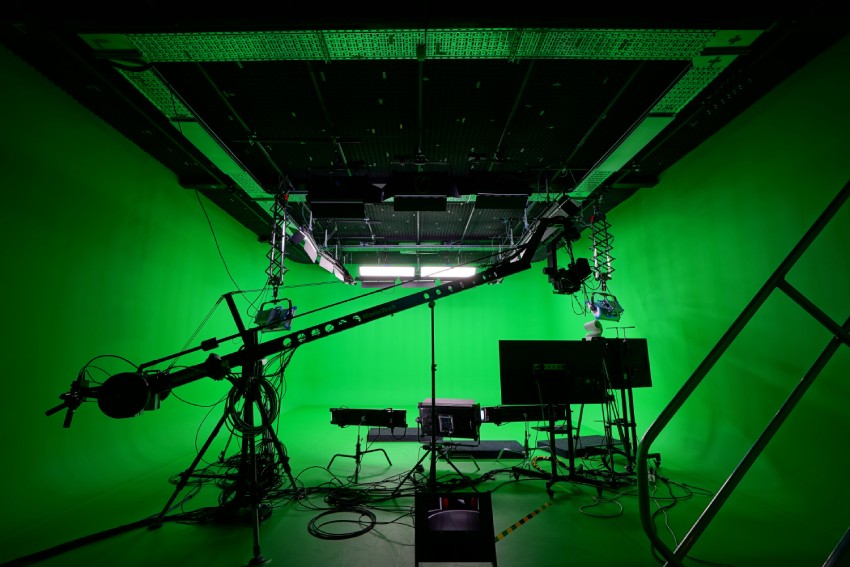
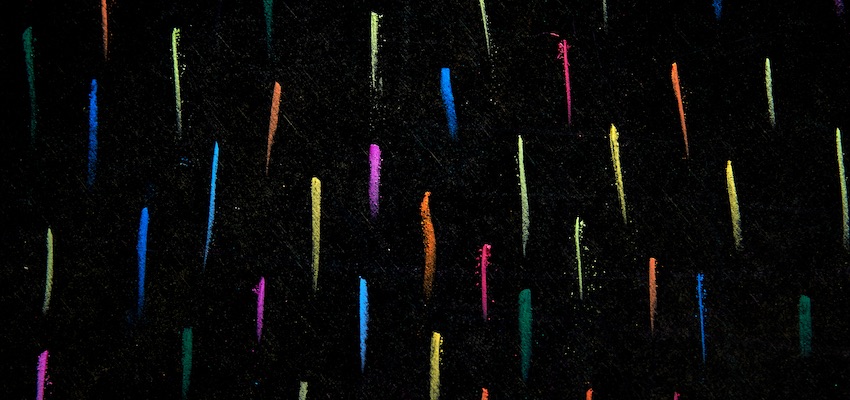



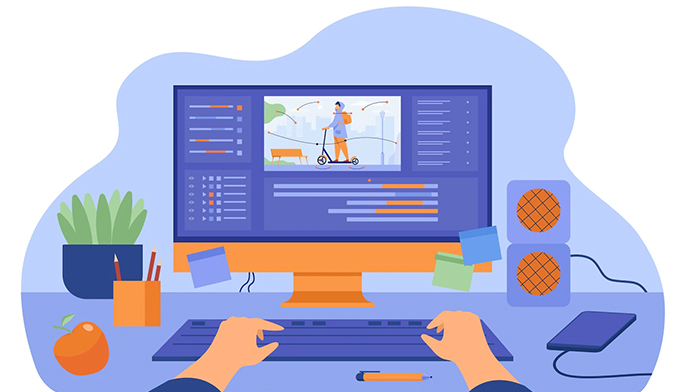

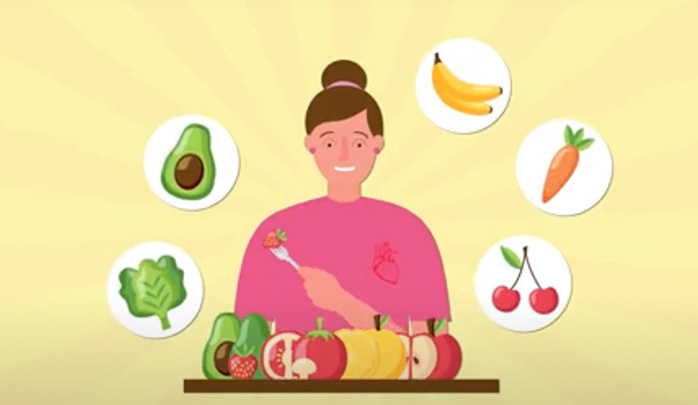


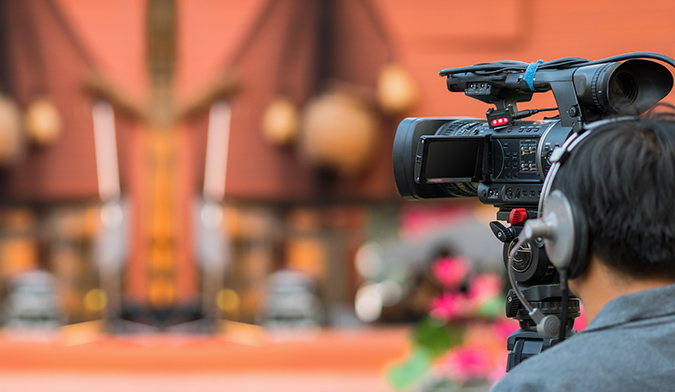


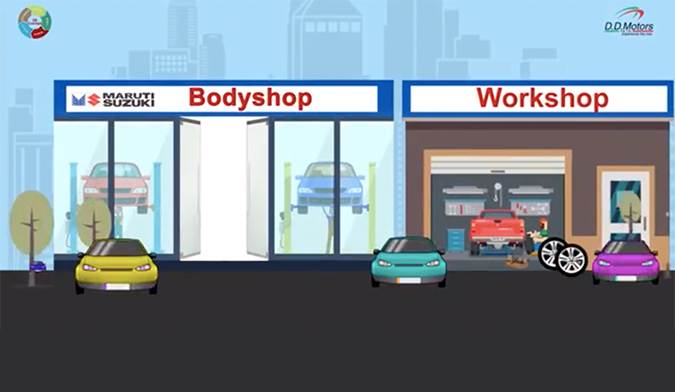
.jpg)




.jpg)
.jpg)
.jpg)
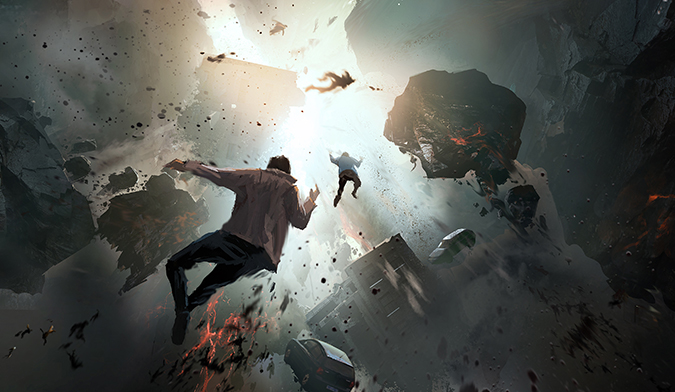
.jpg)
.jpg)
.jpg)
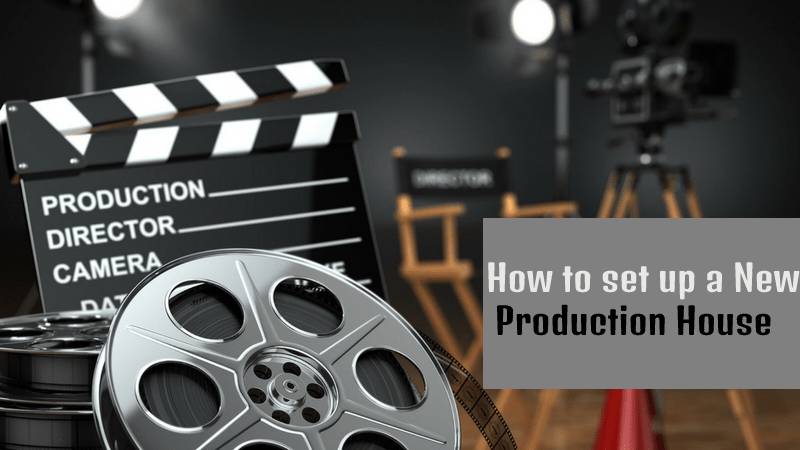


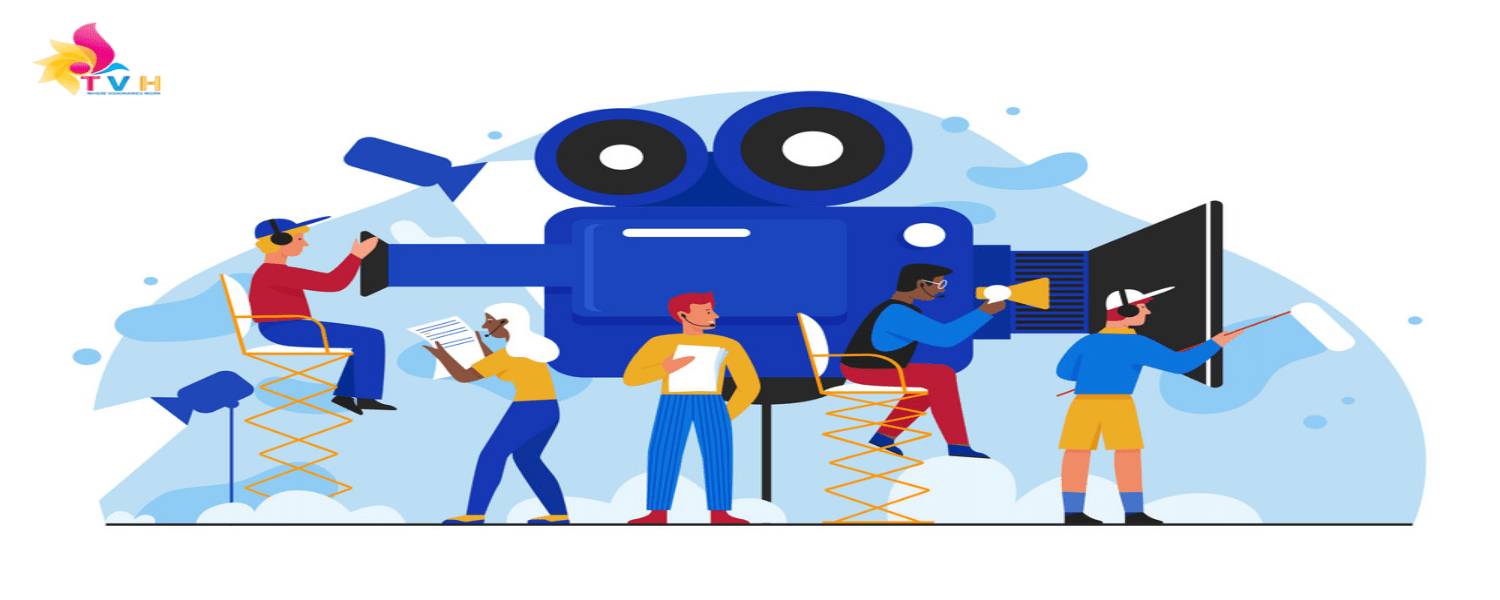

.jpg)
.jpg)
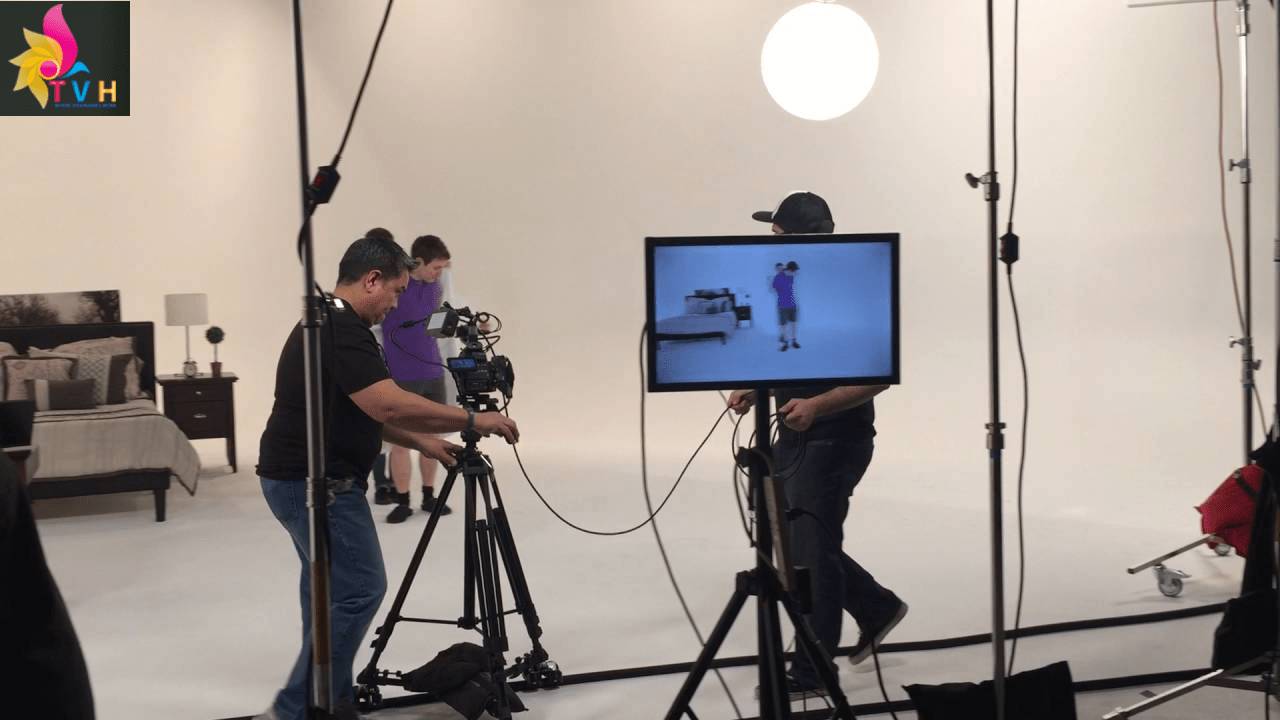


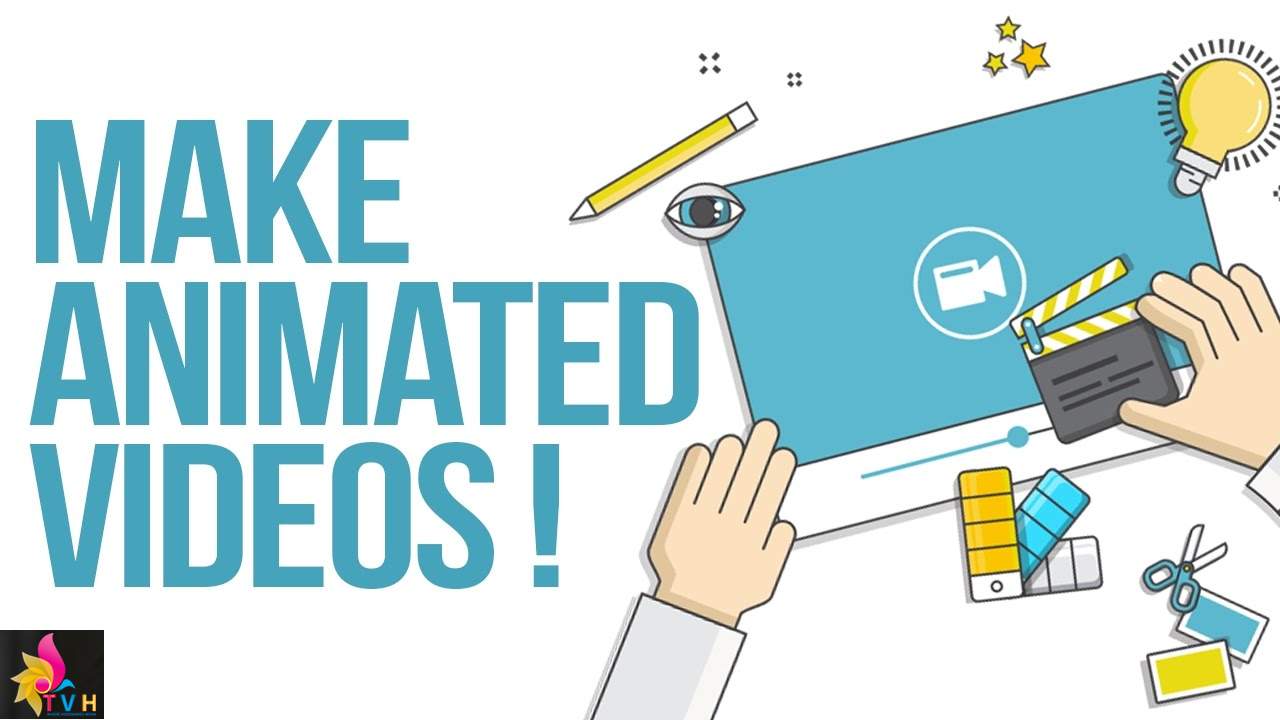

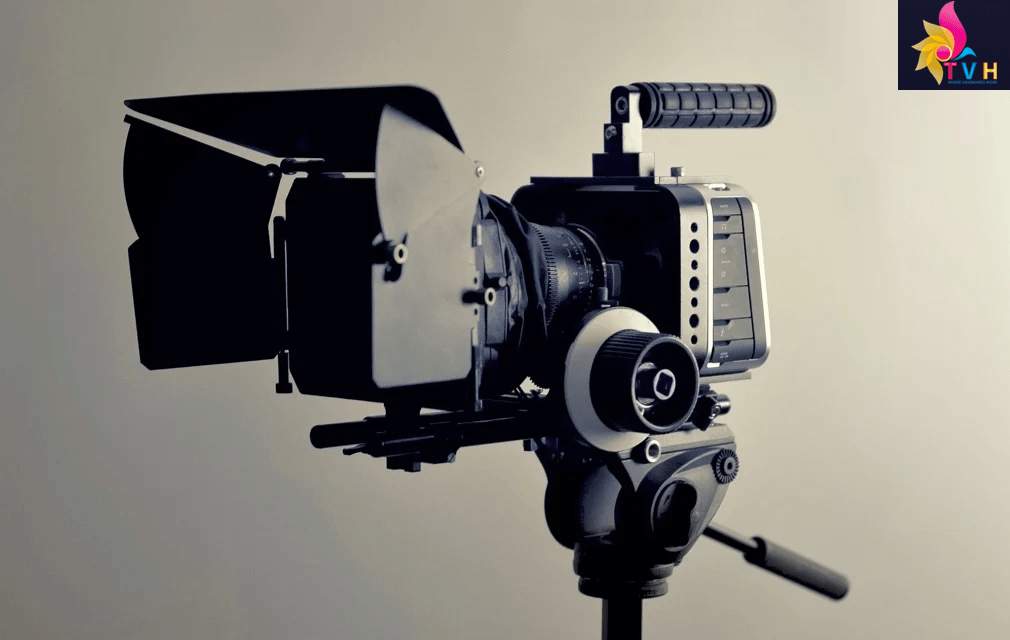


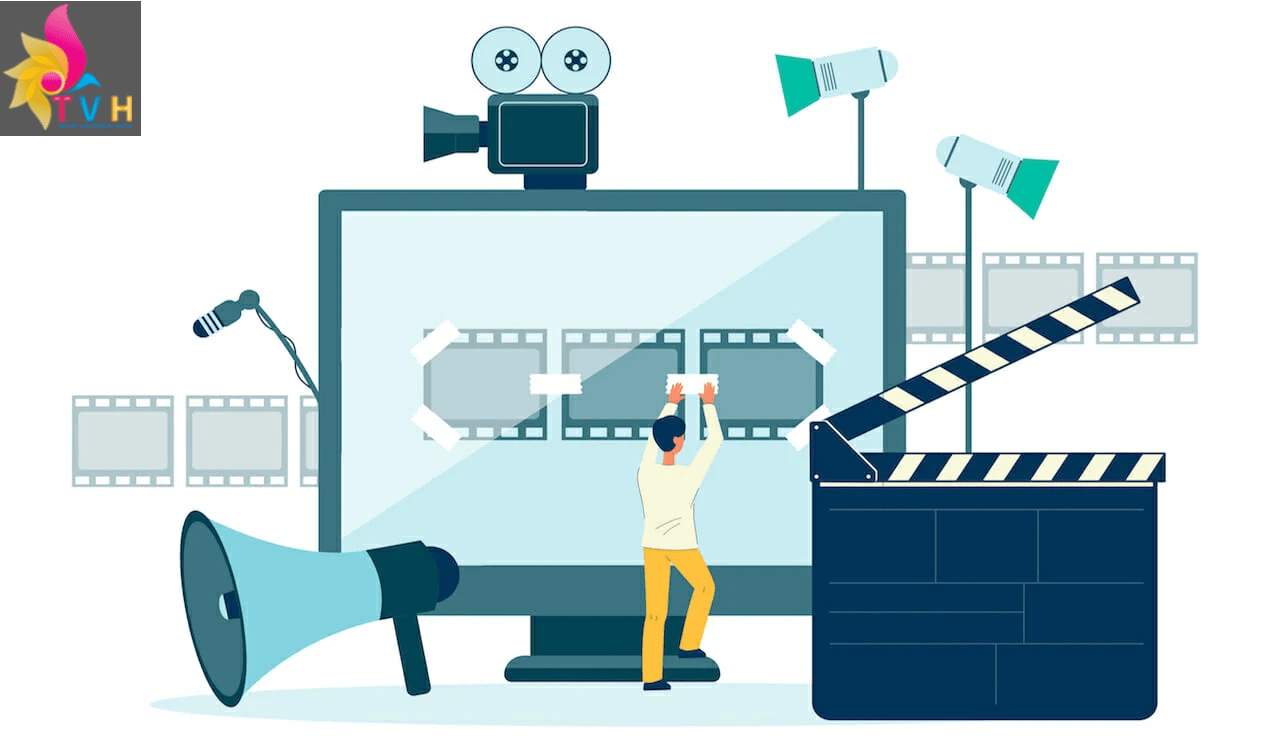




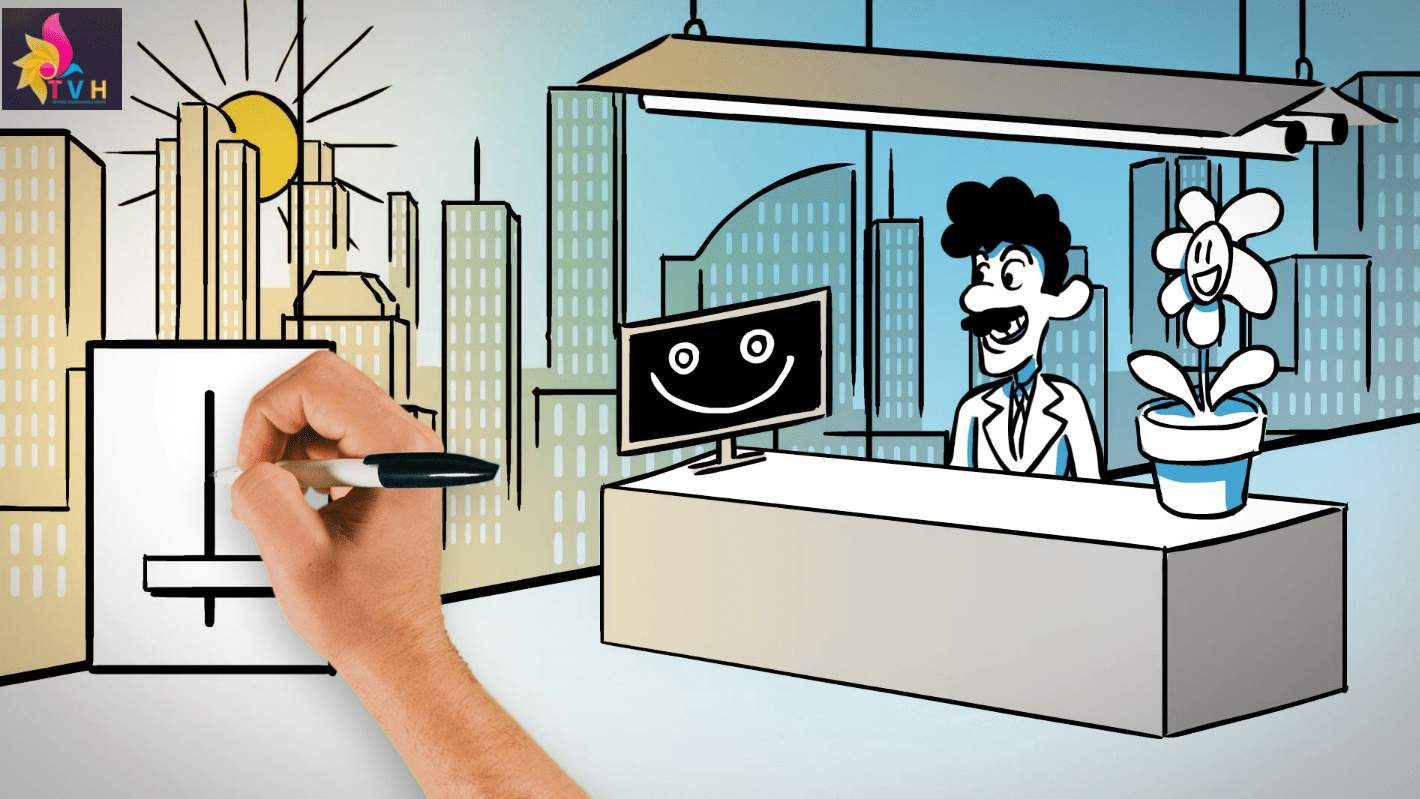


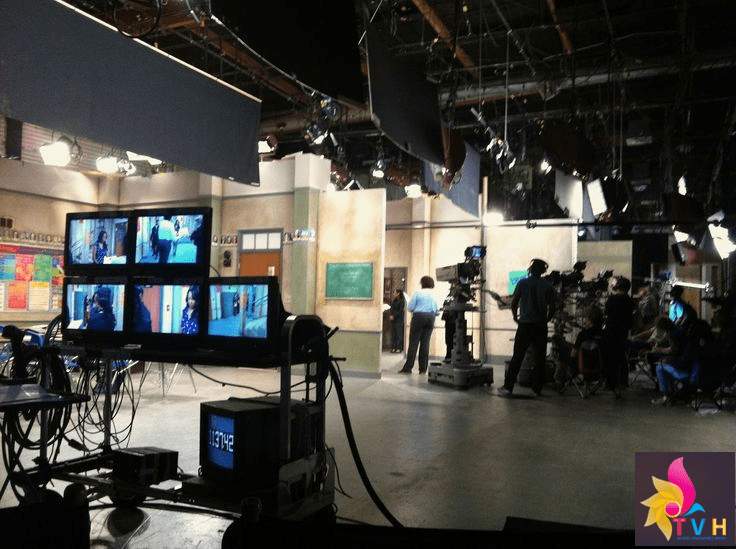


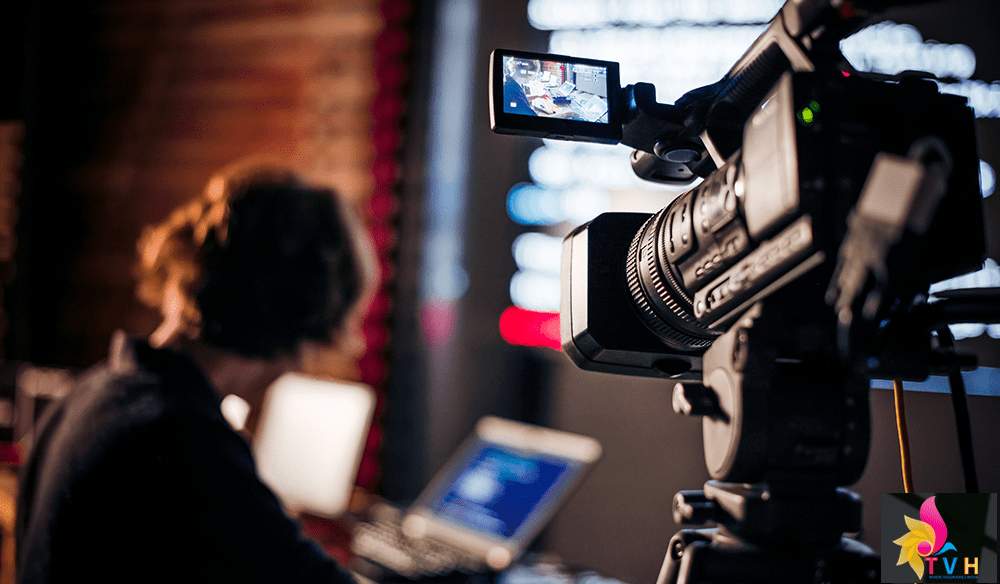

.jpg)
.jpg)
.jpg)

.jpg)
.jpg)
.jpg)
.jpg)







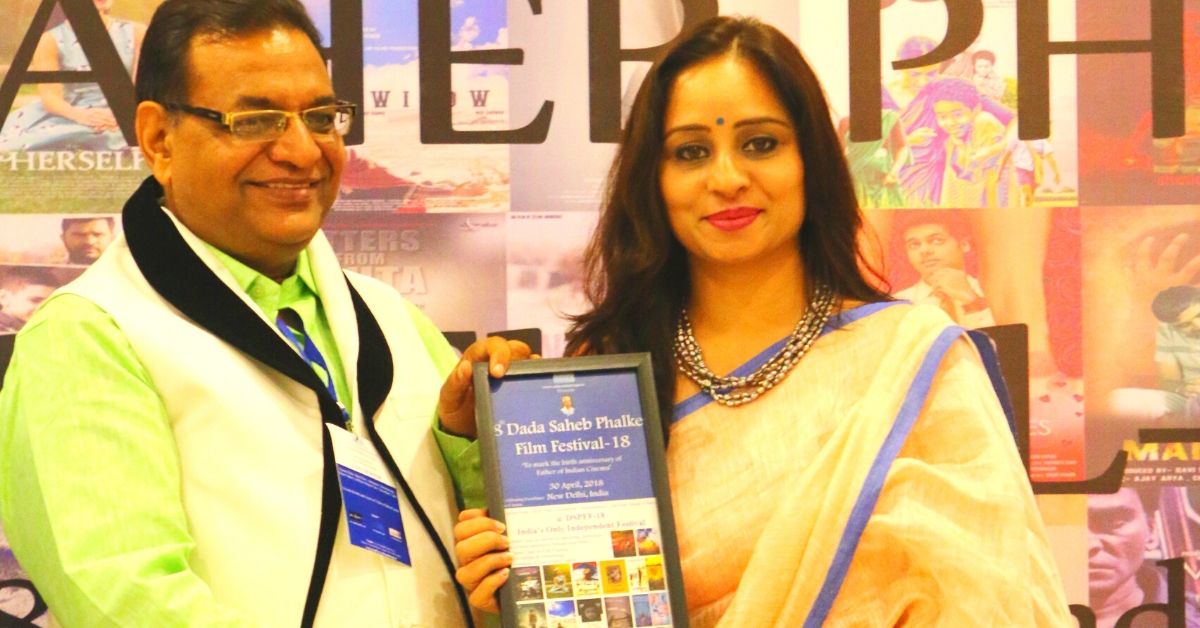



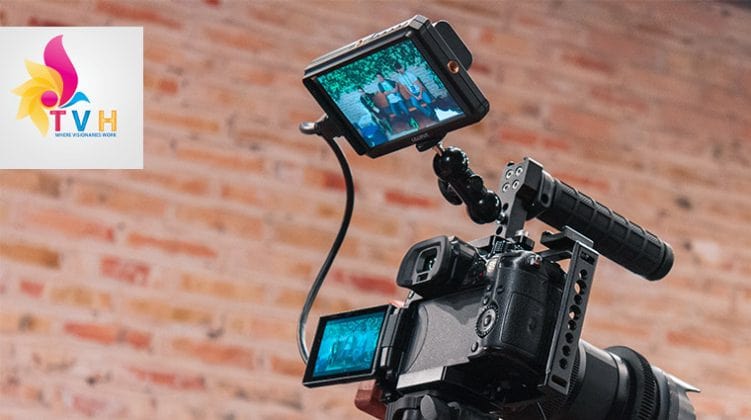
.jpg)
.jpg)
.jpg)
.jpg)
.jpg)
.jpg)
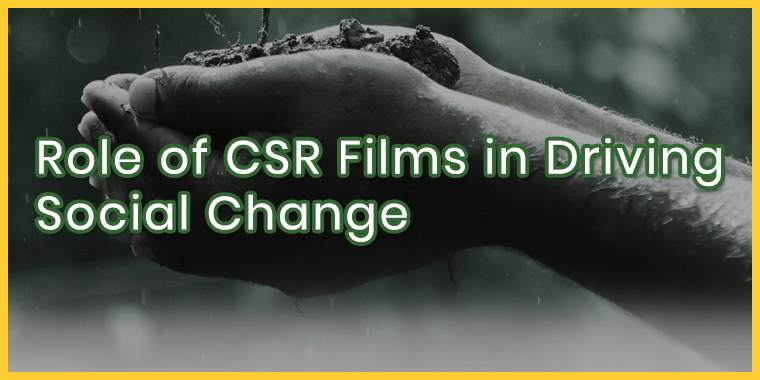

.jpg)
.jpg)
.jpg)
.jpg)
.jpg)

.jpg)
.jpg)
.jpg)
.jpg)
.jpg)
.jpg)
.jpg)



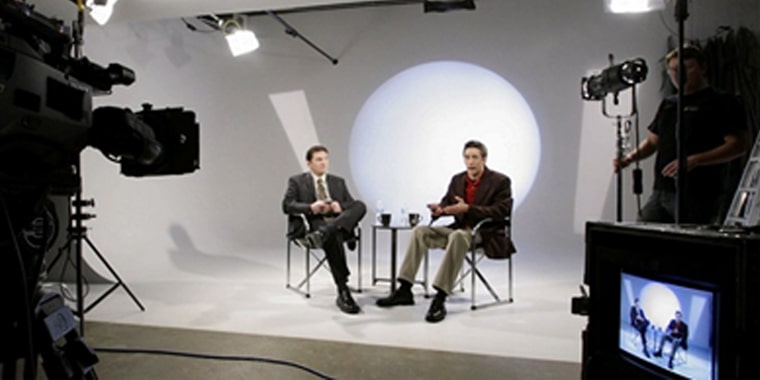

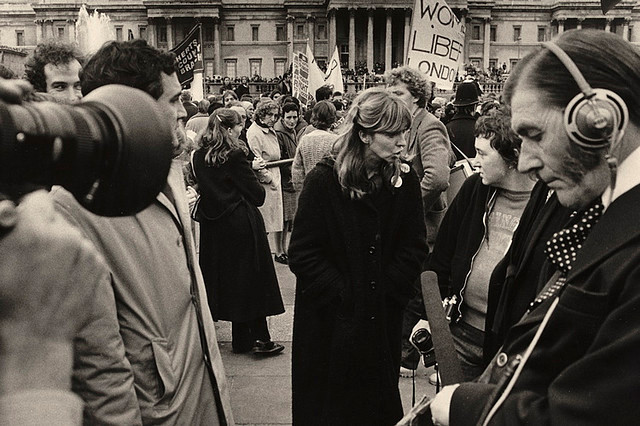
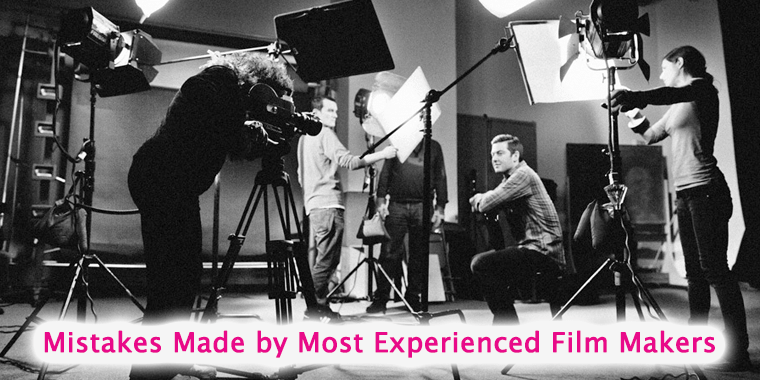
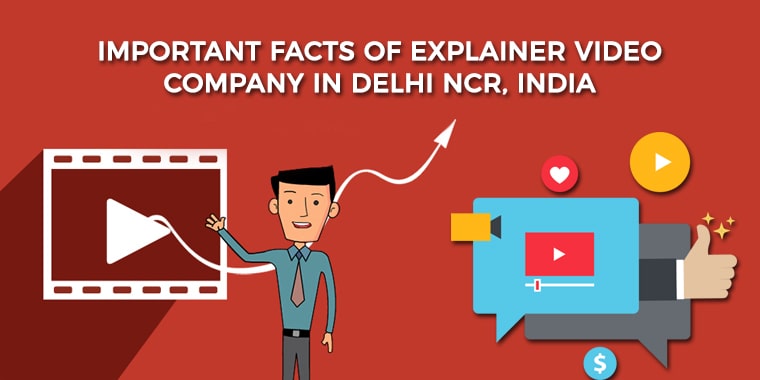
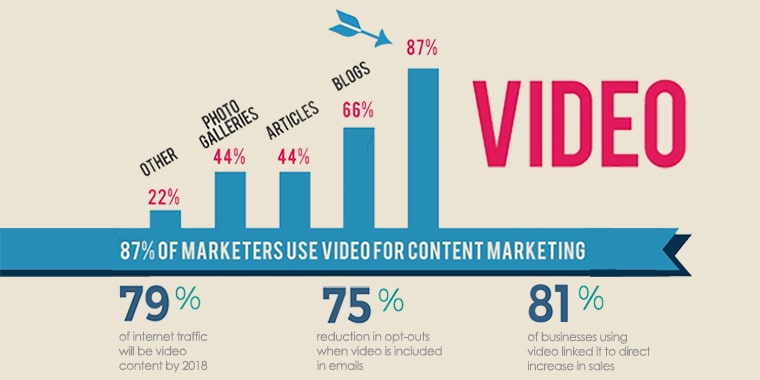

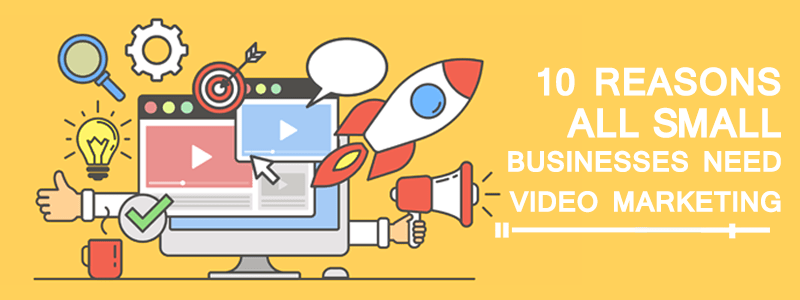
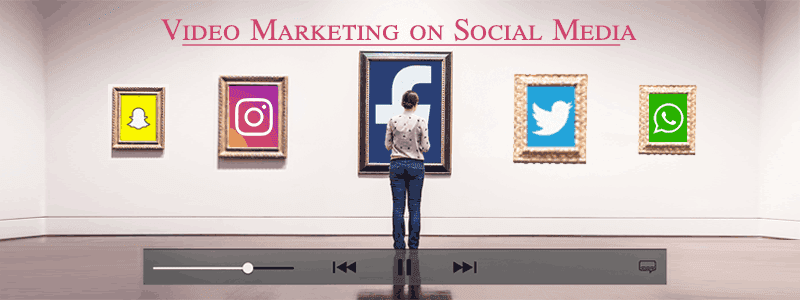



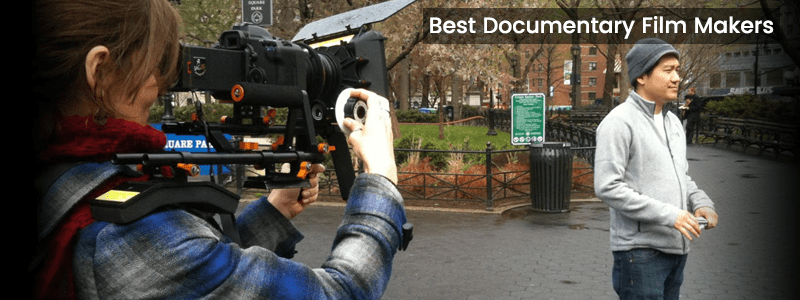

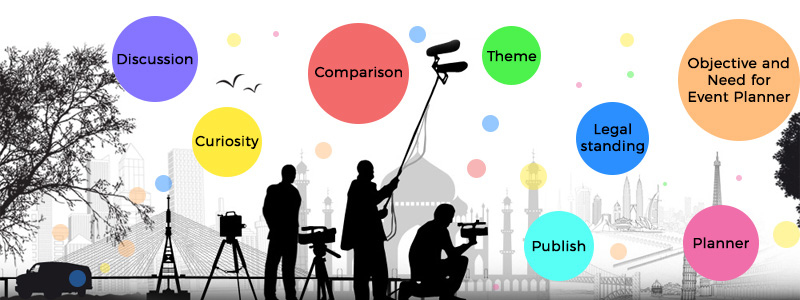


.jpg)
.jpg)
